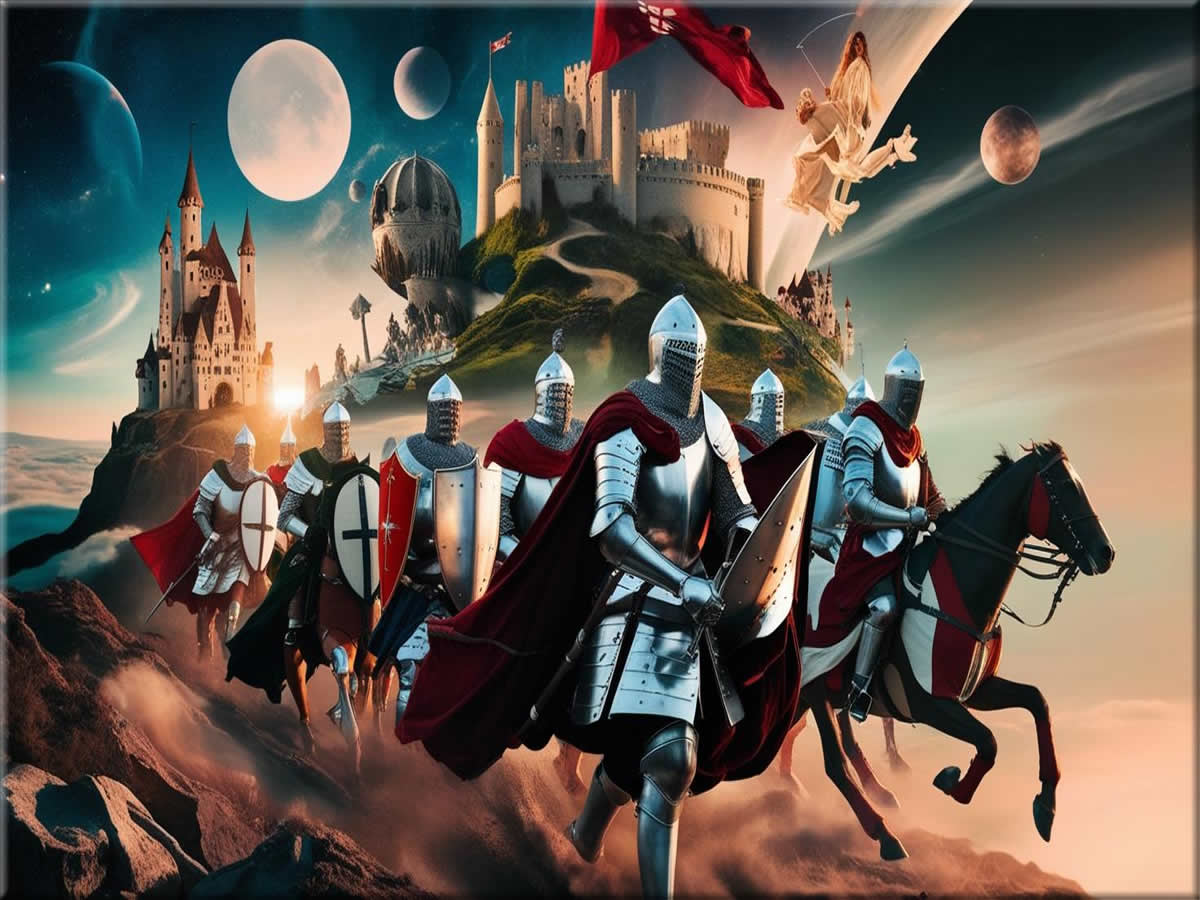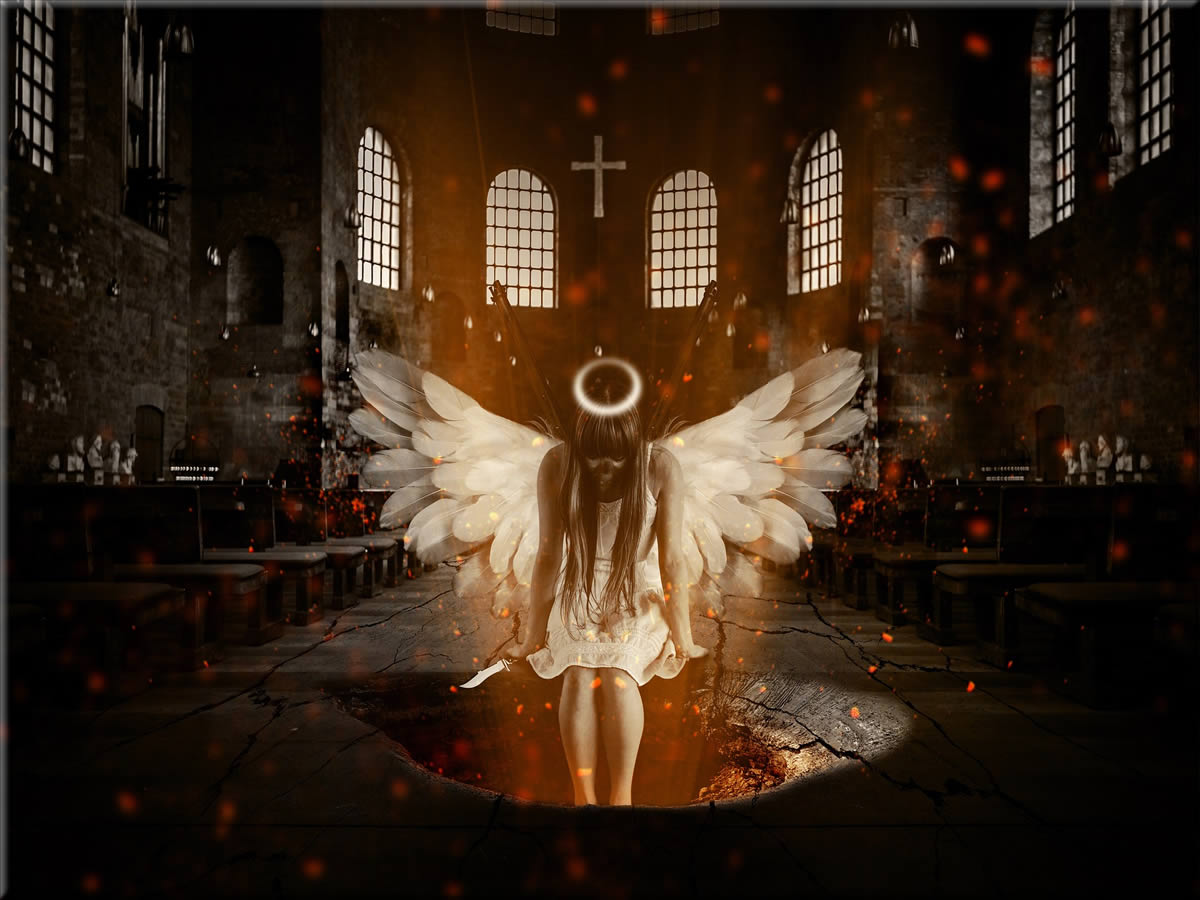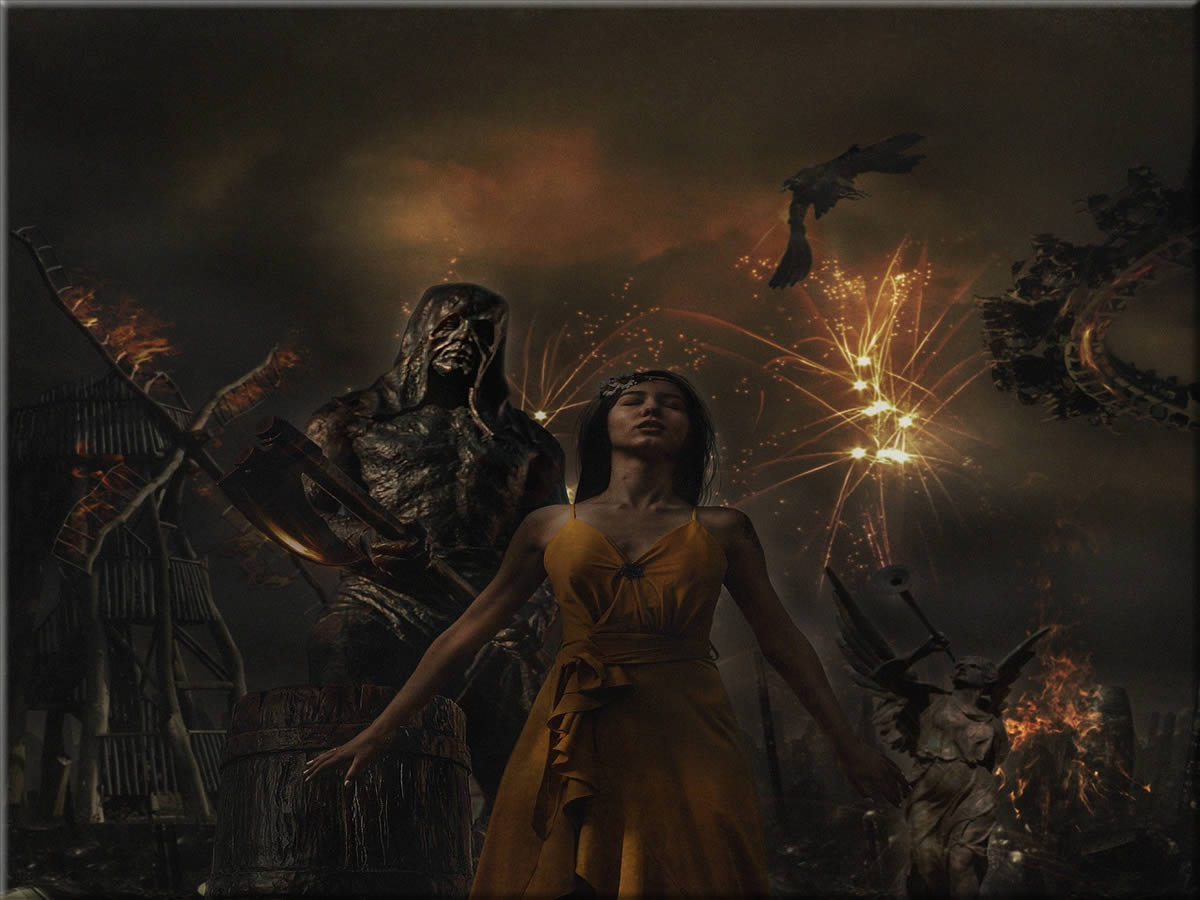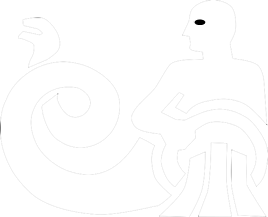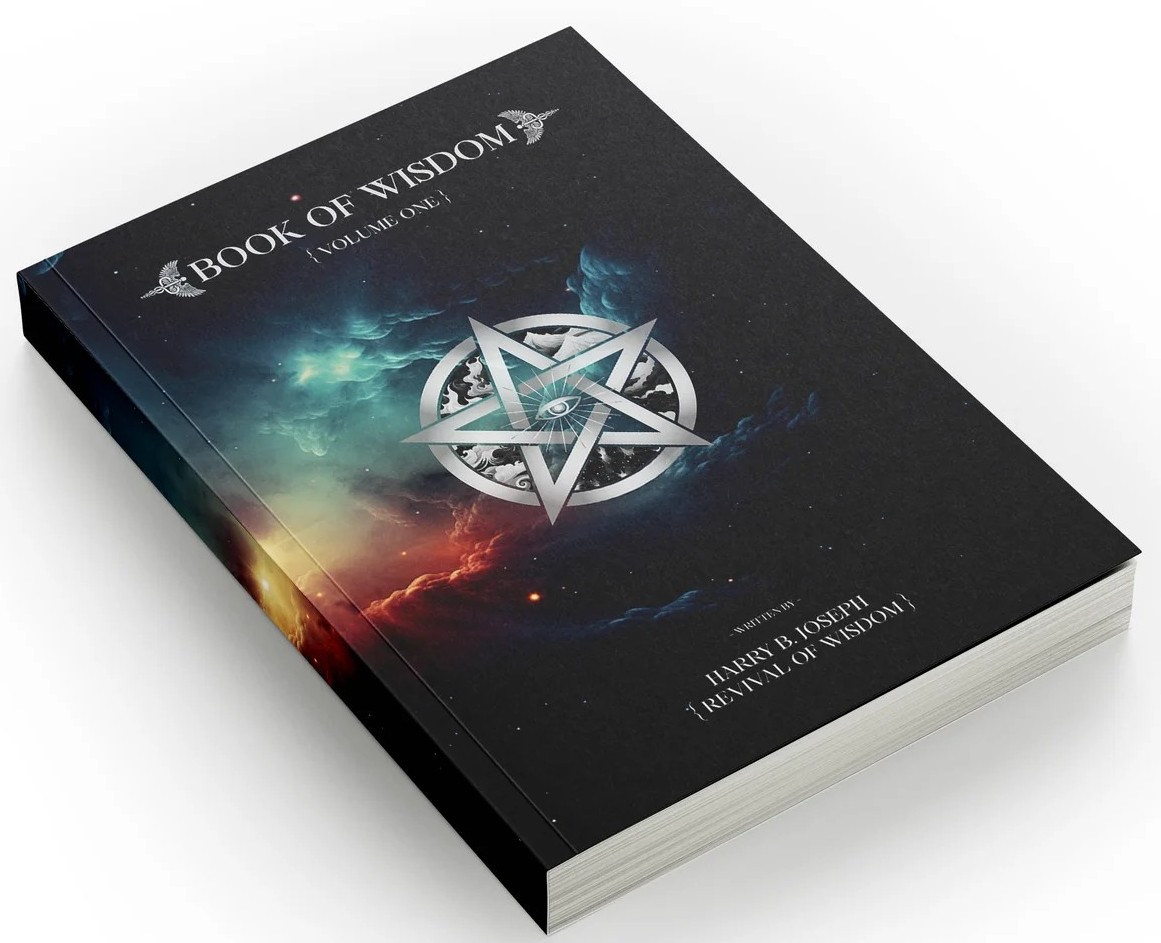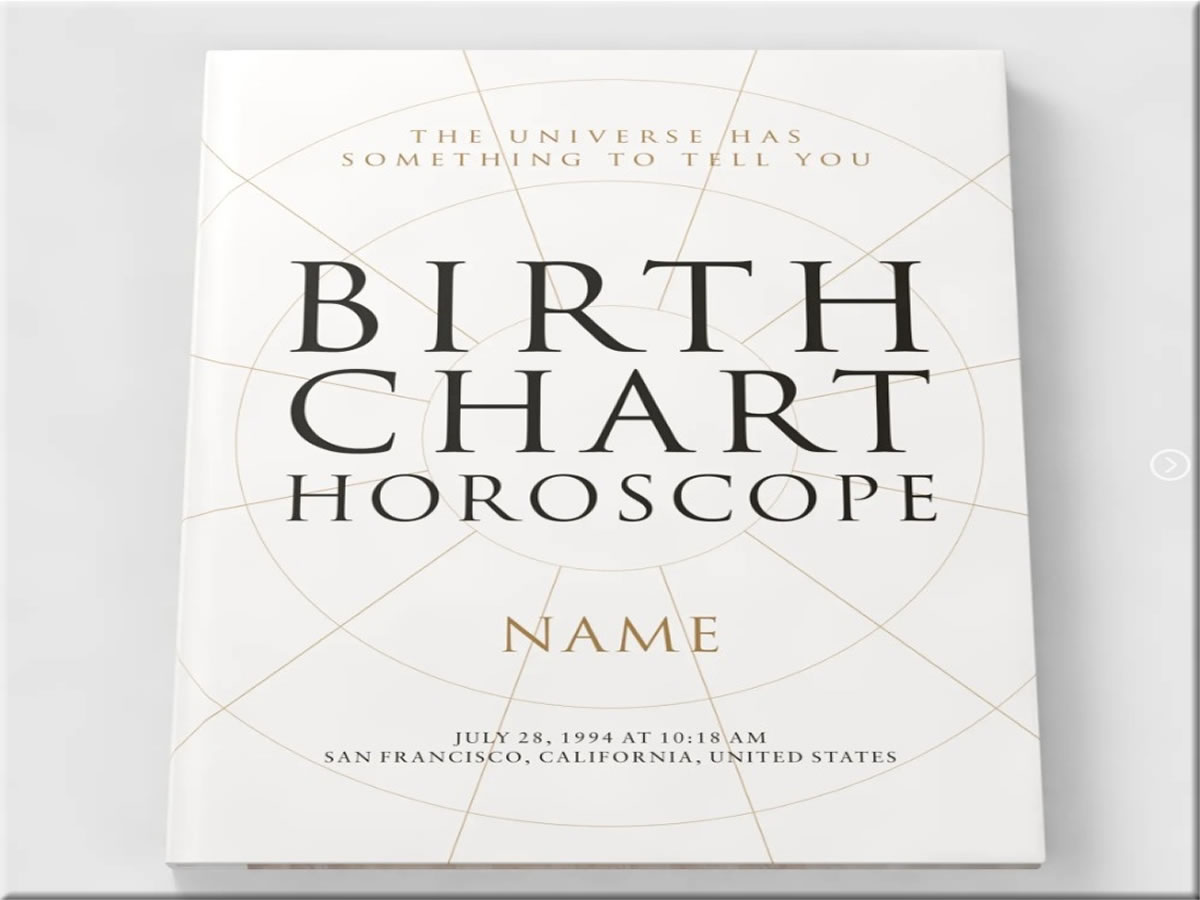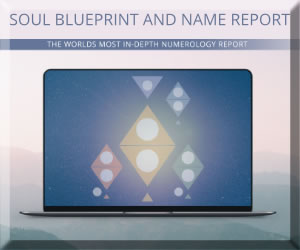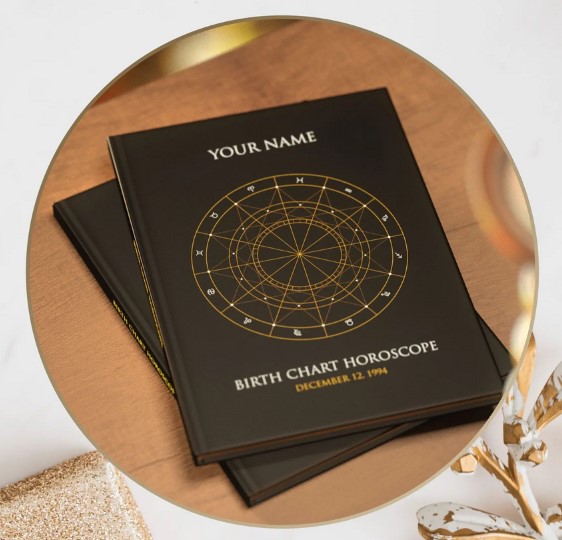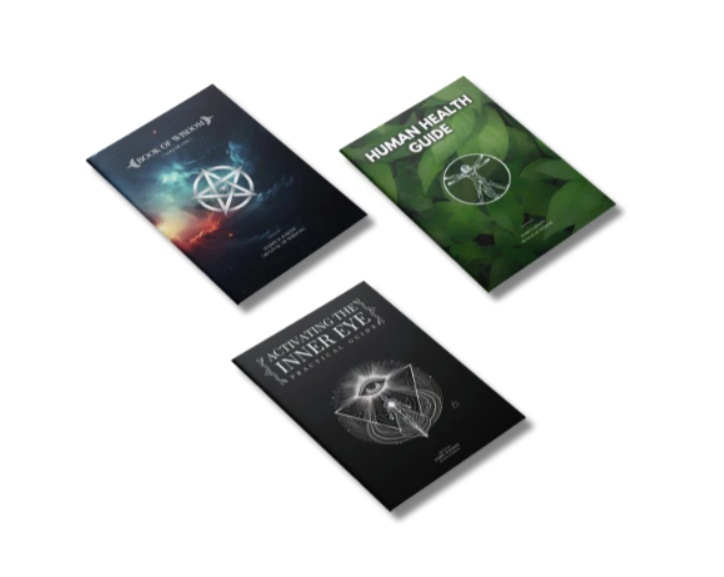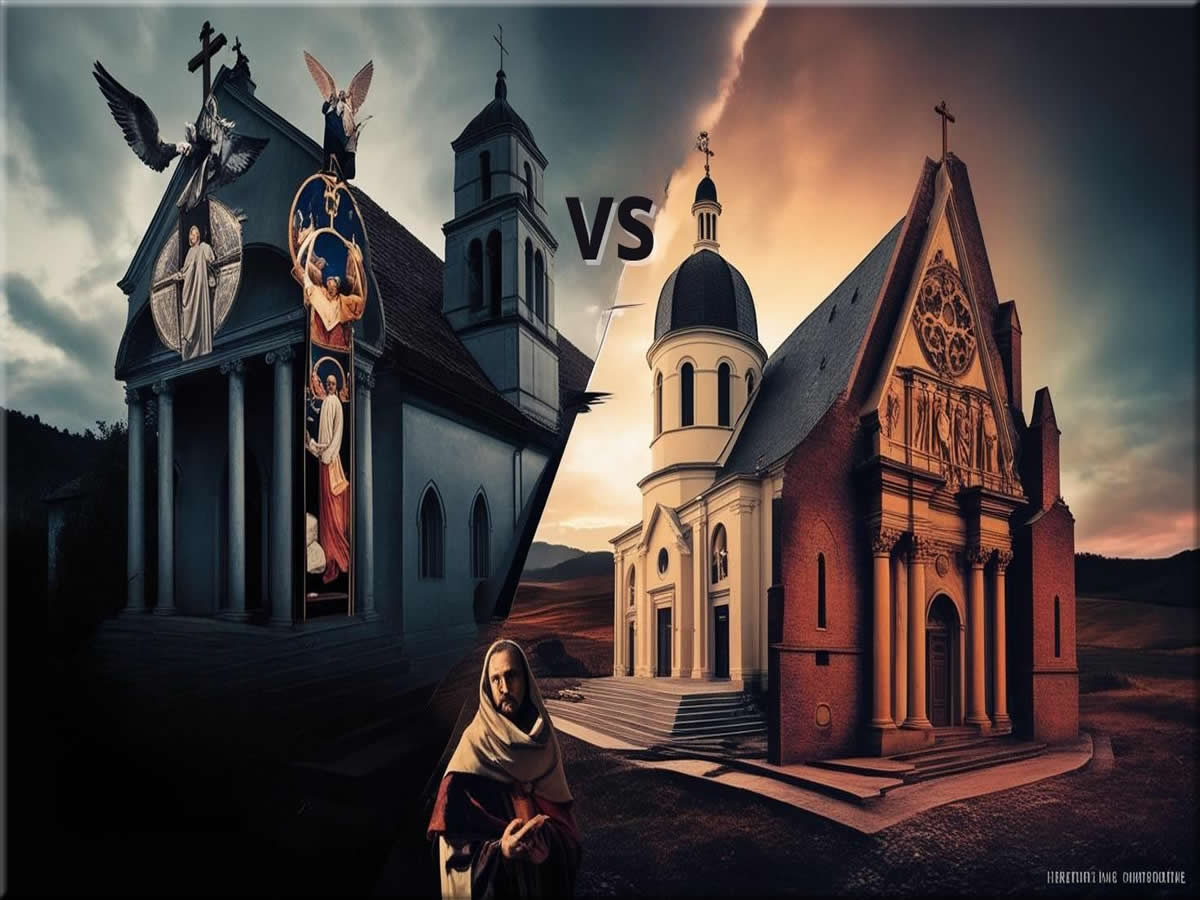
The Catholic Church’s Massacre Against The Cathars
The Cathars were a Christian sect in medieval Europe, mainly flourishing in what is now southern France. Their belief system, profoundly spiritual and alternative to mainstream Christianity, centered on dualism—the idea that two fundamental principles governed the universe: good and evil. This belief was at the core of the Cathar faith, shaping their worldviews and practices.
Cathars believed that everything spiritual originated from the good principle, while the physical, material world was the unfortunate creation of the evil principle. In Cathar belief, God sent Christ to guide humanity in transcending the material world’s temptations and entering a pure, spiritual existence. This belief placed them in stark contrast with the Catholic Church.
Central to Catharism was an emphasis on strict asceticism and poverty. Cathars practiced what they preached, often living in communities that valued simplicity and self-denial. This stance against wealth and material possessions brought them into conflict with the Church, which had accumulated significant power and wealth by this time.
Questions of doctrine weren’t the only points of contention. The Church saw their rapidly growing movement as a threat, not just religiously but politically. Cathar teachings attracted many, including several French nobles disillusioned with both the church hierarchy and the French crown, sparking concerns over potential uprisings or power shifts.
The influence of Cathar beliefs in medieval society was significant. They challenged the status quo, offering an alternative path to spirituality that people found compelling and worth following—even at considerable personal risk. This movement wasn’t merely a religious endeavor but also a call for social reform, which is why it resonated so profoundly at the time.
Staying true to their beliefs amidst mounting pressures from the most powerful religious and political forces of the time, the Cathars’ story is one of faith, resilience, persecution, and, ultimately, massacre.
Pope Innocent III and the Call for the Albigensian Crusade
Pope Innocent III faced a challenging landscape when he took over the papacy. A pontiff determined to unite Christendom under a single, unchallenged church doctrine, he saw the Cathars as more than just a theological disagreement—they represented a threat to the unity and authority of the church.
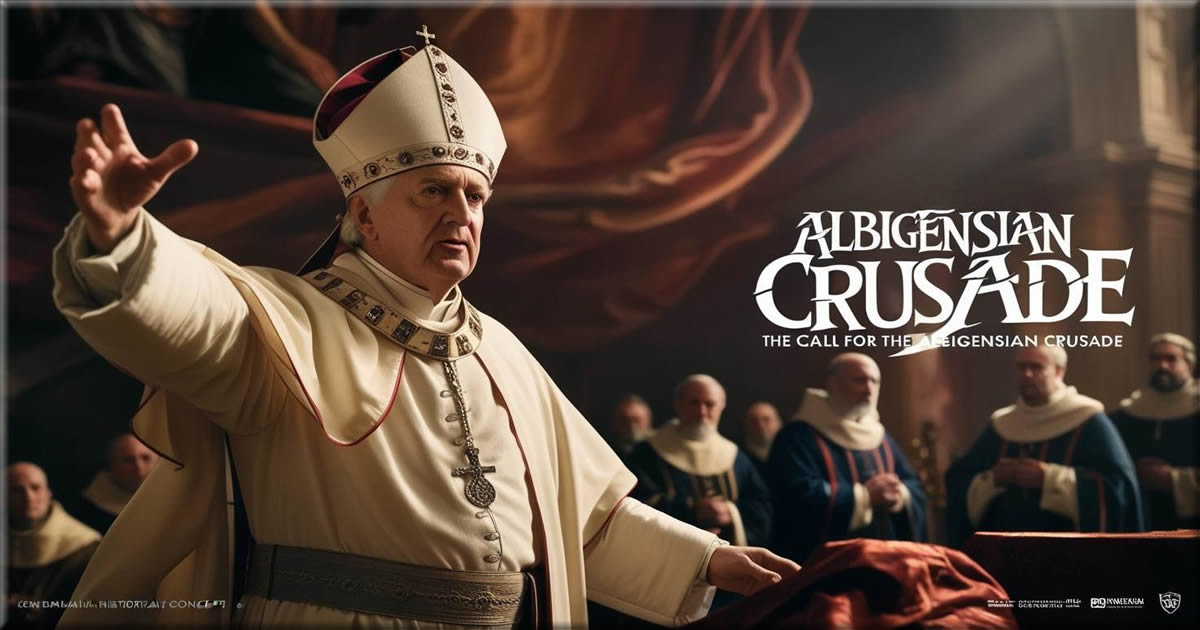
Innocent III’s decision to declare a crusade against the Albigenses in 1209 wasn’t just about enforcing religious orthodoxy. For him, it was also a crucial political move. He wanted to curb the rise of anti-establishment sentiments that the Cathars seemed to incite. Southern France had become a hotbed of Cathar influence, and this rebellion couldn’t simply be stamped out through discussion or minor interventions.
The crusade was presented as a holy war, with participants promised the same spiritual benefits as those fighting in the Holy Land. It wasn’t only a spiritual crusade but a strategic one. The church aligned with certain political factions, using the conflict to strengthen ties to French nobility that supported the church’s interests while diminishing the influence of those who didn’t.
Resonating with broader themes in medieval Europe, this crusade highlighted how intertwined religion and politics were in those days. Many noblemen received lands and titles as rewards for their participation, showcasing how the campaign was as much about territorial gains as it was about religious purification.
Responses to the pope’s command varied widely. While some regions eagerly joined, others were hesitant, reflecting existing fractures within the church and local communities. The Albigensian Crusade thus painted a vivid picture of how a religious decree could ripple through the socio-political fabric of medieval European society, impacting everything from local governance to individual lives and forever altering the landscape of power in regions gripped by Cathar influence.
The Book of Wisdom is a must-have book for every free-thinker and truth-seeker. It offers a wealth of knowledge, encompassing both surface-level truths and deep, hidden insights from the esoteric realm.
Escalating Conflict: The Bloody Clashes and Civil War
As the Albigensian Crusade unfolded, southern France became a bloody battlefield. The conflict wasn’t just a series of skirmishes but evolved into a full-scale civil war that lasted two decades. Major battles demonstrated unparalleled brutality as both sides fought intensely and desperately.
The military strategies varied greatly. Crusaders often relied on overwhelming force and sheer numbers, backed by the promise of spiritual salvation, to motivate their troops. Meanwhile, the Cathars, alongside their supporters, employed guerrilla tactics, using their knowledge of local terrains and fortified positions to hold ground.
This conflict was notorious for its bloodshed. Villages were decimated, leaving psychological and cultural wounds that endured for generations. The term genocide describes the decimation of the Cathar population, reflecting the severity and determination to eliminate not just a group of people but also an idea deemed heretical.
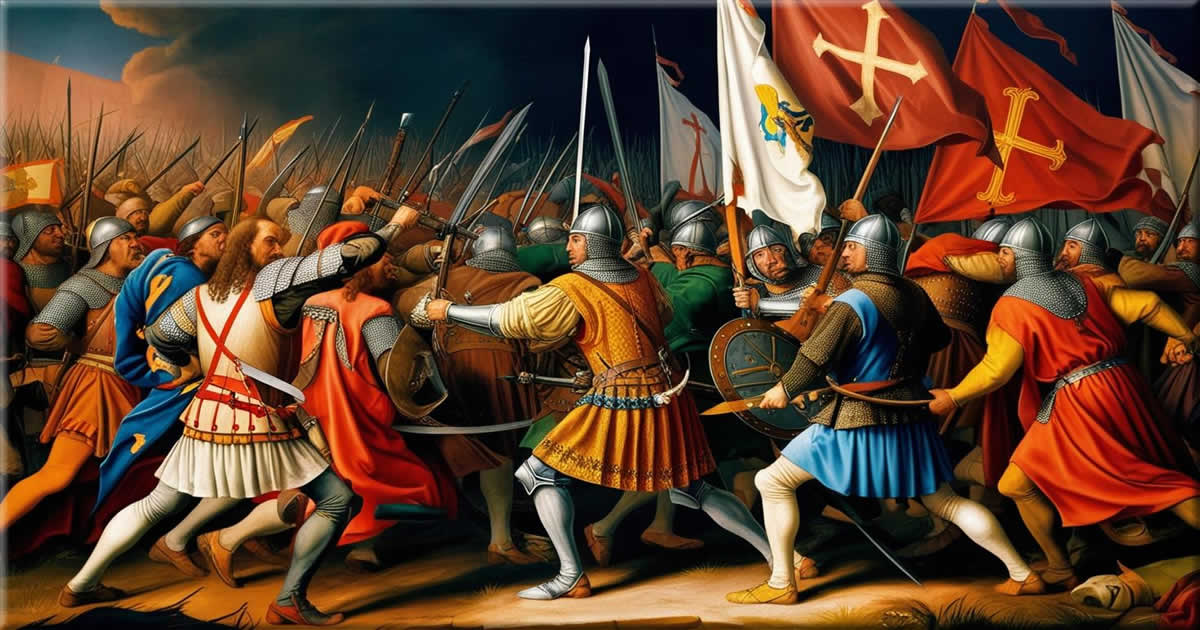
The impact was catastrophic for those living in southern France. War fractured families and tore communities apart, forcing them to choose between protecting their homes and aligning with the dominant forces for survival. The war’s deep divides forever altered the region’s social fabric.
Despite the relentless persecution, stories of Cathar’s resilience emerged. Many Cathars faced their grim fate with unwavering faith, reinforcing the courage and conviction integral to their identity. These narratives of survival, though rare, added a layer of human vulnerability and endurance to the overall grim history of the conflict.
The Siege of Montségur: A Symbolic End to the Cathar Stronghold
Montségur wasn’t just a castle. For the Cathars, it was a symbol of hope and defiance. Perched high in the Pyrenees, this fortress became a haven and last stronghold for many Cathars during the crusade, attracting those who resisted surrendering their faith.
A fateful incident marked the buildup to the siege. A confrontation at the castle resulted in the killing of two inquisitors. The crusading forces targeted Montségur’s back, determining that they must neutralize the fortress. It wasn’t just about quelling a rebellion but silencing a beacon of Cathar resilience.
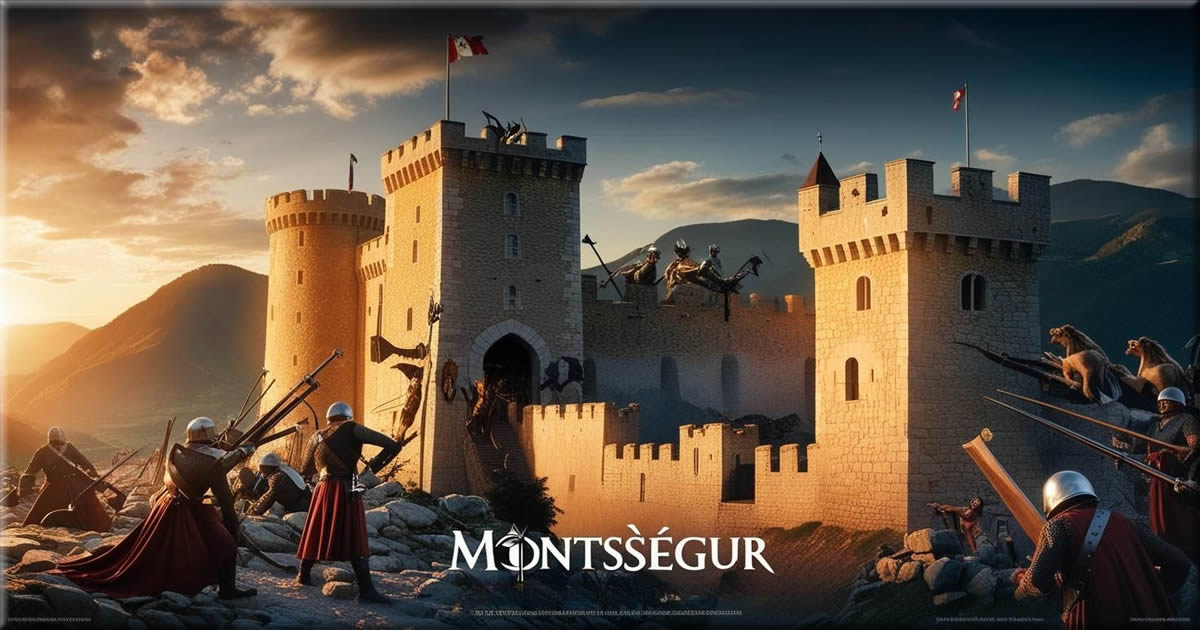
Besieged by a royal army of 10,000 soldiers in 1229, the defenders, numbering only about 100, held out for an astonishing 10 months. Inside, a mix of stubborn soldiers and pacifist Cathars faced insurmountable forces, yet their morale remained remarkably intact. They had to surrender and received an ultimatum: renounce their beliefs or face death.
About two hundred Cathars chose their faith over life, agreeing to be burned at the stake—a decision underscoring their conviction’s depth. This heartbreaking and dramatic end to the siege wasn’t just a military defeat but a spiritual statement, leaving a haunting legacy of unwavering belief in the face of annihilation.
The fall of Montségur marked the decline of the Cathar influence, but the story of their courage became a powerful part of their legend. Today, the site remains a symbol of independence and spiritual resolve, drawing those who wish to remember and reflect on the struggles faced by these devout individuals.
Legacy and Historical Impact of the Cathar Crusade
The aftermath of the Albigensian Crusade left the Catholic Church in a position of unmatched dominance, having effectively stamped out what it considered heresy. Officially ending in 1229, the crusade reshaped not just southern France but also left deep scratches on the history of medieval Europe.
The conflict didn’t just vanish with the Cathars. It shifted how the Church approached dissent, heavily influencing its policies toward reforms and reinforcing dogmas with a newfound severity. This fostered a period of stricter control over theological discourse within its dominion, setting a precedent for how the Church would deal with future challenges to its authority.
Volume 2 continues the profound themes introduced in the predecessor even deeper into the complexities of existence and the pursuit of knowledge, encouraging readers to question established beliefs.
Though the Cathar community was almost obliterated, their story didn’t fade into obscurity. In many ways, it found new life as a cautionary tale about the extremes of religious fervor and the caution required when dealing with diverging beliefs. The events emphasized to future generations the cost of religious intolerance and the delicate balance of faith and power.
In modern times, reflection on the Cathar movement has stirred renewed interest both as a historical topic and as part of cultural identity within regions of France. People continue to visit the sites to pay homage and engage with the region’s rich and complex past.
The legacy of the Cathar Crusade stands as a testament to the power of belief and its potential to inspire and divide. As a chapter in history, it invites ongoing examination of how societies can learn from the past to foster more tolerant and inclusive frameworks for religious and cultural coexistence. However, this is proof that the Catholic Church was not only a holy institution that promoted faith, peace, and unity but also one that spread intolerance, hatred, and committed crimes.
Related Topics
